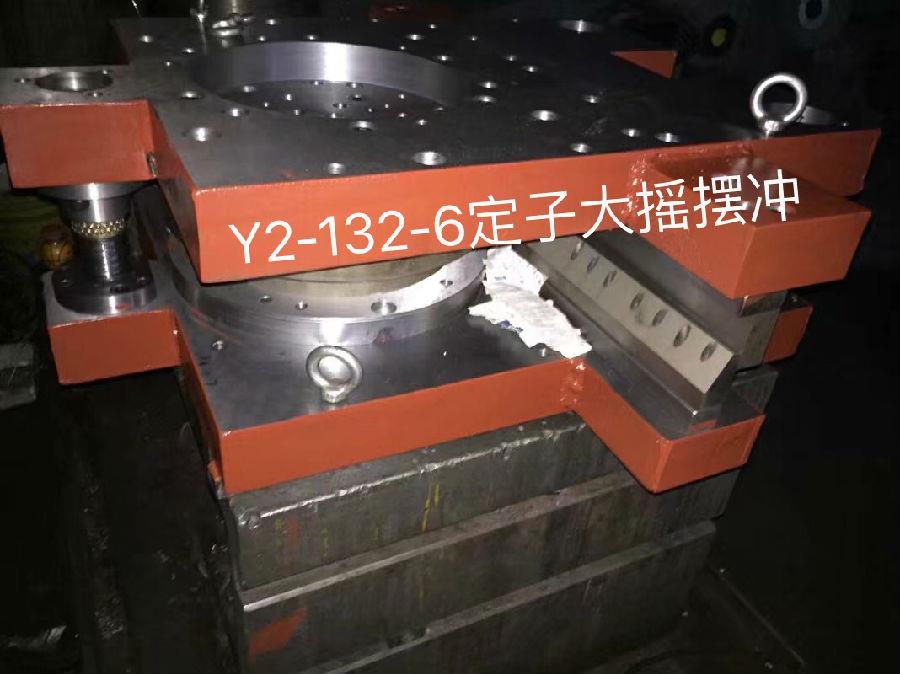Advantages and disadvantages of compound mold
Compared with other cold stamping die structures, it has the following advantages: (1) the workpiece is better coaxial, the surface is flat, and the dimensional accuracy is high; (2) the production efficiency is high, and it is not affected by the accuracy of the strip dimensions Constraints, sometimes scrap scrap can also be used for re-production.
Its disadvantages are: the mold parts are difficult to manufacture, the cost is high, and the convex and concave molds are easily constrained by the small wall thickness, which makes some lower parts with smaller inner hole spacing, inner hole and edge spacing not suitable for use.
Because the composite mold itself has some advantages, mold companies generally tend to choose the composite mold structure when conditions permit.
Corrosion process
The compound mold structure is welcomed by customers because of its high production efficiency and good dimensional accuracy of the workpiece; but also because its convex and concave molds are subject to the constraints of punching, the general processing method is not satisfactory. Therefore, a new type of processing method—corrosion process is presented, and the processed chess pieces and components completely meet the technical requirements.
Processing technology road:
Blanking-turning (step)-scribing-pre-punched aluminum wire holes-heat treatment-fine turning-electromachining (shape and inner hole)-corrosion (leakage hole)-cleaning
After the composite mold parts adopt the corrosion process, the wall of the leakage hole processed is smooth, the dimensions are common, and the strength of the cutting edge is largely guaranteed.
Precautions
(1) In order to save materials, a U-turn method can be used. At this moment, two inner guide posts can be installed on the same side only.
(2) When punching the convex position, the mold needs to be lowered to death. You can limit the position between the upper splint planning inserts or the pads and the outer strip. The inner and outer stripping forces should be large, and the outer stripping plate should be higher than the convex template for pressing. Cutting edge punching, large convex hull punching needs to be fixed on the plywood, and the punching punch near the convex hull should be planned to be shorter to ensure that the material is pulled and extended before completing the punching action.
(3) When planning a composite blanking die for a symmetrical product, a positioning hole for anti-reaction can be planned in advance at the remaining side material.
(4) In order to prevent the mold from being installed reversely, which will cause the mold to burst during stamping, the guide post needs to be planned to prevent fools.

Related Industry Knowledge
- Precautions for the use of stator embossing molds
- Structural composition of blanking die
- Key points of planning for composite molds
- Application of fixed rotor fixture
- What is the difference between continuous mode and composite mode?
- Classification of high voltage motor punching die
- Application of Rotor Casting Aluminum Mold
- Selection of generator punch die
- What factors determine the quality of the stator mold?
- Design points of compound mold



